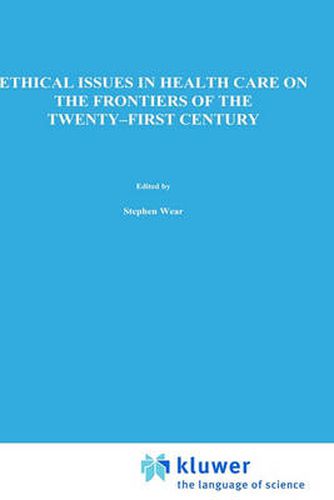Readings Newsletter
Become a Readings Member to make your shopping experience even easier.
Sign in or sign up for free!
You’re not far away from qualifying for FREE standard shipping within Australia
You’ve qualified for FREE standard shipping within Australia
The cart is loading…






This title is printed to order. This book may have been self-published. If so, we cannot guarantee the quality of the content. In the main most books will have gone through the editing process however some may not. We therefore suggest that you be aware of this before ordering this book. If in doubt check either the author or publisher’s details as we are unable to accept any returns unless they are faulty. Please contact us if you have any questions.
of UB’s medical school, that UB developed its School of Arts and Sciences, and thus, assumed its place among the other institutions of higher education. Had Fillmore lived throughout UB’s first seventy years, he would probably have been elated by the success of his university, and he should have been satisfied and pleased that UB remained intrinsically bonded to its community while at the same time engrafting the values and standards important to higher education’s mission in the region. UB and its medical school have undergone many challenging transitions since 1846. Included among them were: (1) the completion of an academic campus in the far northeast comer of the City of Buffalo while leaving its medical, dental and law schools firmly situated in the core of downtown Buffalo; (2) the eventual relocation, after the second world war, of the law school to the newer campus in Amherst, and the medical and dental school to the original academic campus: and (3) the merger with the State University of New York System in 1962. Despite these significant transitions, any one of which could have changed the intrinsic integrity of UB and disrupted the bonding between community and university, that did not happen. To this day, the ties between community and academe persist. Fillmore and White should celebrate their success and important contribution to Buffalo and Western New York.
$9.00 standard shipping within Australia
FREE standard shipping within Australia for orders over $100.00
Express & International shipping calculated at checkout
This title is printed to order. This book may have been self-published. If so, we cannot guarantee the quality of the content. In the main most books will have gone through the editing process however some may not. We therefore suggest that you be aware of this before ordering this book. If in doubt check either the author or publisher’s details as we are unable to accept any returns unless they are faulty. Please contact us if you have any questions.
of UB’s medical school, that UB developed its School of Arts and Sciences, and thus, assumed its place among the other institutions of higher education. Had Fillmore lived throughout UB’s first seventy years, he would probably have been elated by the success of his university, and he should have been satisfied and pleased that UB remained intrinsically bonded to its community while at the same time engrafting the values and standards important to higher education’s mission in the region. UB and its medical school have undergone many challenging transitions since 1846. Included among them were: (1) the completion of an academic campus in the far northeast comer of the City of Buffalo while leaving its medical, dental and law schools firmly situated in the core of downtown Buffalo; (2) the eventual relocation, after the second world war, of the law school to the newer campus in Amherst, and the medical and dental school to the original academic campus: and (3) the merger with the State University of New York System in 1962. Despite these significant transitions, any one of which could have changed the intrinsic integrity of UB and disrupted the bonding between community and university, that did not happen. To this day, the ties between community and academe persist. Fillmore and White should celebrate their success and important contribution to Buffalo and Western New York.